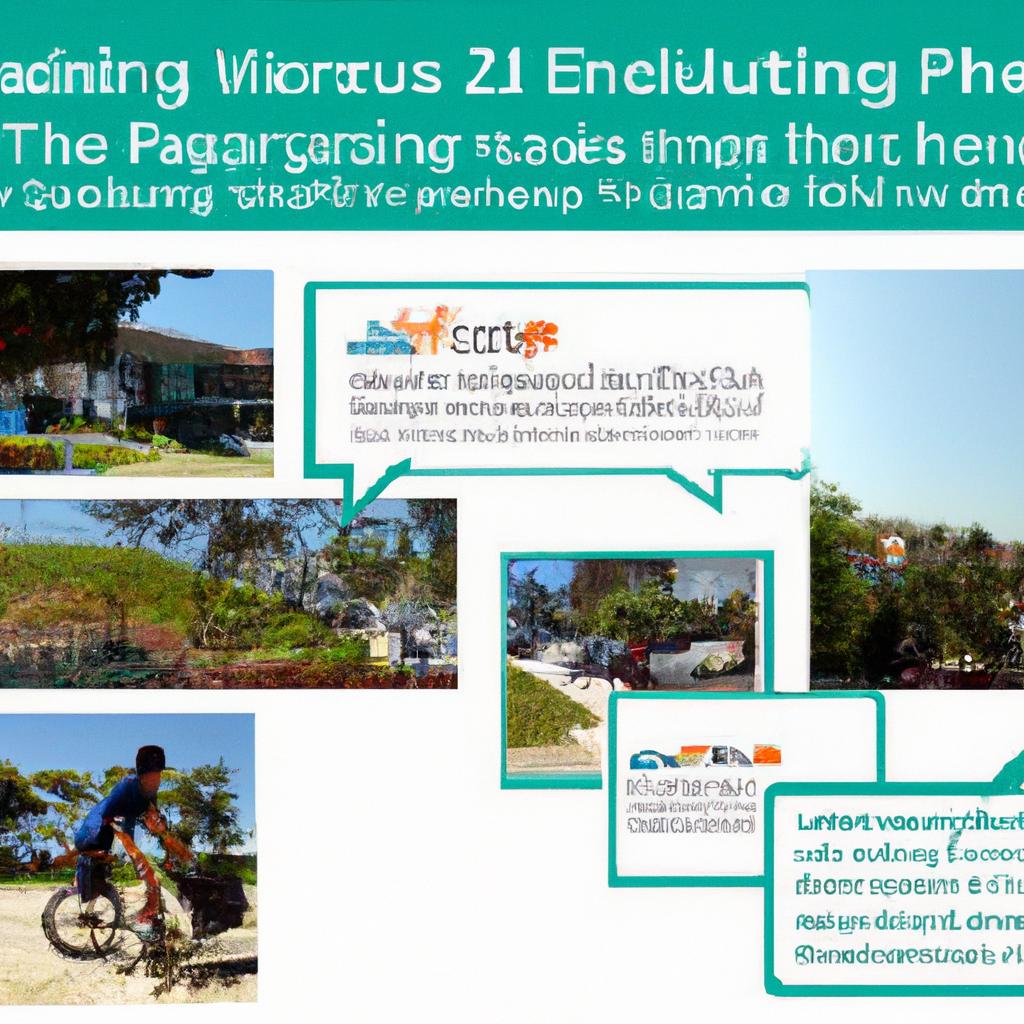In cities bustling with ambition and promise, the dream of homeownership often feels just out of reach for many. As housing prices soar and income disparities widen, the quest for affordable housing has emerged not merely as a matter of economic necessity, but as a fundamental pillar of social equity. This article embarks on a journey through the landscape of affordable housing initiatives, uncovering innovative solutions and collaborative efforts aimed at bridging the gap between aspiration and reality. From community land trusts to partnerships with local governments, we will explore how these initiatives serve as beacons of hope, illuminating a path toward greater equity for diverse communities. Join us as we delve into the multifaceted approaches that seek to transform the housing crisis into an opportunity for inclusivity and shared prosperity.
Innovative Funding Models for Sustainable Affordable Housing
Philanthropic ventures and public-private partnerships are revolutionizing the landscape of affordable housing by harnessing innovative funding models. These collaborative efforts bring together resources from various sectors, amplifying impact and ensuring stability. For instance, community land trusts allow communities to own land collectively, while private developers can contribute to housing projects through inclusionary zoning. This model secures a portion of new developments for lower-income residents, striking a balance between profit and equity.
Additionally, novel financing options such as social impact bonds and crowdfunding platforms are providing the necessary capital to rehabilitate and construct affordable units. These ventures not only market social returns but also ensure accountability to investors by measuring social outcomes. A few examples of these funding strategies include:
- Green bonds for sustainable building projects
- Low-Income Housing Tax Credits (LIHTC) that incentivize developers
- Community Investment Funds that pool resources from local investors
| Funding Model | Description |
|---|---|
| Community Land Trusts | Collective ownership of land to maintain affordability |
| Social Impact Bonds | Investment linked to measurable housing outcomes |
| Crowdfunding Platforms | Engaging community members to fund projects directly |

Community Engagement: Empowering Residents in Housing Decisions
Involving residents in housing decisions fosters a sense of ownership and accountability, which is crucial for sustainable development. When community members actively participate in the planning and implementation of affordable housing initiatives, they can share their unique insights and priorities. This engagement not only builds trust between residents and local authorities but also ensures that solutions are tailored to meet the specific needs of the population. Facilitating forums, workshops, and surveys allows residents to express their thoughts and negotiate their desires, leading to more inclusive decision-making processes.
Empowered residents can significantly influence the trajectory of housing policies through collaborative efforts. By establishing working groups that represent diverse voices within the community, local governments can gather invaluable feedback on proposed developments. Effective strategies include:
- Hosting community-led town hall meetings to discuss housing concerns.
- Creating digital platforms for anonymous opinions and suggestions.
- Encouraging the formation of resident panels that engage with decision-makers.
These initiatives act as a bridge between residents and policymakers, ultimately leading to more equitable outcomes in housing projects.

Policies Driving Change: Government Initiatives Supporting Affordable Living
Across the globe, governments are stepping up their efforts to pave the way for a more equitable living environment. Innovative policies are being crafted to tackle the multifaceted issue of affordable housing, prioritizing the needs of low and middle-income families. Key initiatives include:
- Increased Funding for Public Housing: Allocating budgetary resources towards renovating and constructing new public housing options.
- Incentives for Private Developers: Providing tax breaks and subsidies to encourage private investment in affordable housing projects.
- Rent Control Measures: Implementing measures to curb skyrocketing rental prices and protect tenants from eviction.
Additionally, various programs are being designed to enhance accessibility and sustainability within community housing initiatives. These often include:
- Community Land Trusts: Establishing non-profit organizations that help manage land usage for the benefit of the community.
- Equity Share Models: Allowing residents to own a stake in their homes while capping the price increases over time.
- Smart Growth Policies: Focusing on urban planning that promotes walkable neighborhoods, reducing transportation costs for residents.
| Policy | Description |
|---|---|
| Public Housing Initiatives | Dedicated funds for building and upgrading public housing facilities. |
| Affordable Housing Tax Credits | Incentives for developers to include affordable units in new developments. |
| Support for Homelessness Prevention | Programs aimed at reducing homelessness through transitional housing support. |

Designing Inclusive Spaces: Best Practices for Affordable Housing Projects
Creating spaces that are not only functional but also welcoming requires thoughtful consideration of diverse needs. Universal design principles should guide the architecture of affordable housing, ensuring that all residents, including those with disabilities, can navigate their homes and community with ease. Key practices include:
- Accessible Entrances: Incorporate ramps and wide doorways to accommodate wheelchairs and mobility aids.
- Flexible Floor Plans: Design adaptable layouts that can be modified as residents’ needs change over time.
- Common Areas: Develop shared spaces that encourage interaction among residents, promoting a sense of community.
- Cost-effective Materials: Use durable and sustainable materials that reduce maintenance costs while enhancing accessibility.
Moreover, engaging residents in the planning phase is crucial for fostering a sense of ownership and belonging. By conducting surveys and feedback sessions, developers can tailor projects that reflect the community’s unique cultural and social dynamics. An inclusive design approach not only enhances the quality of life for all residents but also ensures that affordable housing initiatives truly serve their purpose. Consider implementing:
| Feature | Benefits |
|---|---|
| Community Workshops | Fosters collaboration and gathers input on design preferences |
| Multi-lingual Signage | Ensures all residents can navigate the space comfortably |
| Green Spaces | Promotes mental well-being and outdoor activities for all ages |
In Conclusion
As we conclude our exploration of affordable housing initiatives, it becomes clear that the journey toward equity is not merely a matter of policies and proposals, but a shared vision for a more inclusive society. These initiatives, while varied in approach and implementation, collectively paint a portrait of hope—a canvas where communities thrive, and individuals find security within the walls they call home.
By fostering partnerships between government bodies, non-profit organizations, and private sector stakeholders, we can create a robust framework that supports diverse housing options accessible to all. The stories of those who have benefited from such programs remind us of the profound impact that access to affordable housing can have, not just on the lives of individuals, but on the fabric of our communities.
As we look to the future, let us carry forward the lessons learned and the momentum gained. The path to equity is paved with perseverance, collaboration, and, most importantly, a commitment to ensuring that everyone has a place to belong. In embracing affordable housing as a fundamental right, we move closer to building a society where opportunity is not a privilege but a shared promise. Let us continue this vital conversation, advocate for change, and work together to create spaces where hope can flourish.

